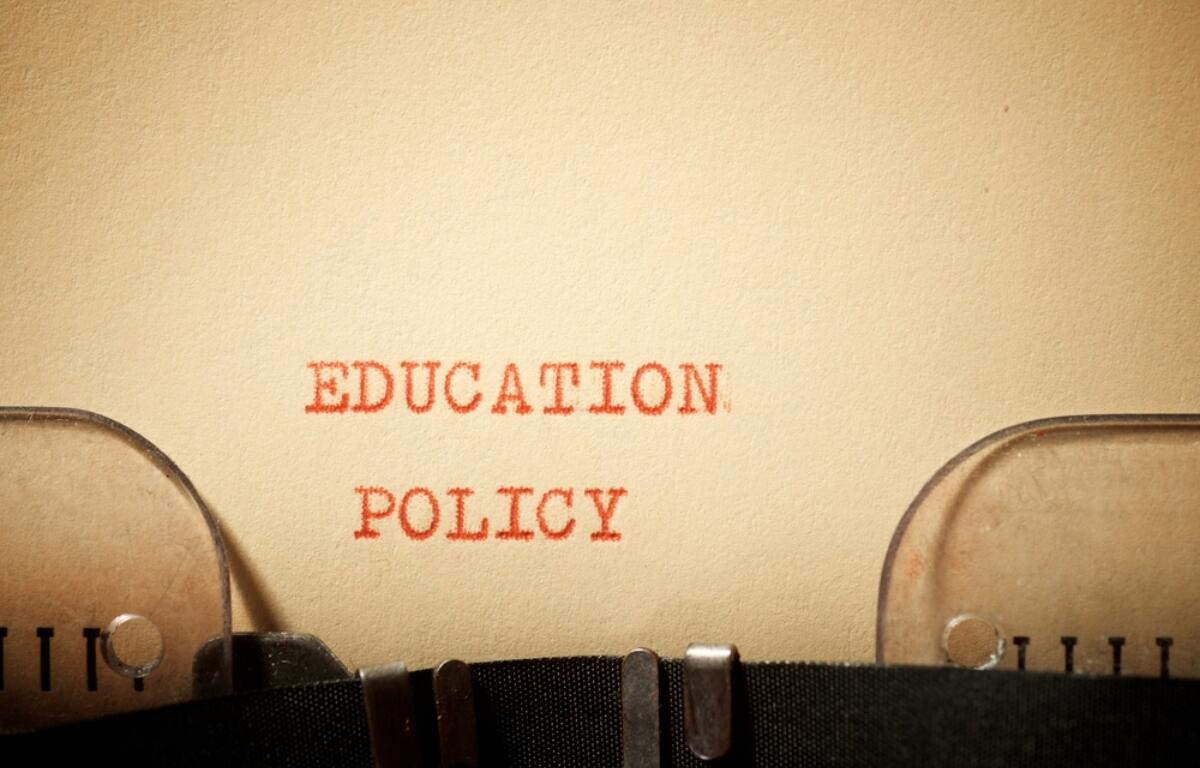(CAPITOL CITY NOW) – Illinois student performance is stabilizing post-pandemic, says the latest edition of the biannual The State We’re In report from the education policy group Advance Illinois.
“There is good news, and there is troubling news. On the plus side, educational attainment continues to rise, and data suggests Illinois schools weathered pandemic challenges better than other states,” said Advance Illinois President Robin Steans during a presentation Wednesday.
“That said, our findings reveal there is still work to do. Academic proficiency remains stubbornly low, equity gaps persist, and affordability remains a serious issue for Illinois families and students.”
The organization provided the following:
AREAS OF PROGRESS
Early Childhood and Care
- Participation in the state’s kindergarten readiness assessment has grown by 10 percentage points since its launch in 2018 and the percentage of children demonstrating readiness across all three developmental domains increased as well—from 23.6% to 31.6%.
K-12 Education
- As a result of the Evidence Based Funding (EBF)Formula, passed in 2017, significantly more Illinois students are attending better-funded schools, with roughly $2.4 billion in new, annual state investments reducing the number of districts with less than 70% of what they need to support students from 431 districts to 49 districts.
- New funding has supported more new teachers and counselors, especially for low-income schools and students.
- Illinois continues to rank in the top 10 for academic growth from 3rd-8th grade.
- When it comes to demonstrated proficiency in reading and math, data show outcomes for 4th and 8th graders held steady through the pandemic.
- That said, proficiency rates have been stagnant and low since 2009.
- Since 2011, longstanding equity gaps to proficiency on NAEP— “the Nation’s Report Card” —have been closing, with the gap to proficiency by English Learners improving the most (3.8 percentage points) of those groups below the statewide average.
- There continues to be strong outcomes on key indicators such as 9th Grade On Track, enrollment in early college coursework, and high school graduation rates. Better still, some gaps are narrowing.
Postsecondary Education
- College graduation rates have gradually risen since 2008 (from 63% to 68% for bachelor’s degrees) and nearly doubled for students pursuing associate’s degrees – from 17% to 31% in 2017.
- The state has made meaningful and consistent progress in overall attainment, with 49% percent of Illinoisans holding a postsecondary degree (associate’s or more) in 2023 compared with 41% in 2008. There was notable growth in Black and Latinx degree attainment over that period.
AREAS OF CHALLENGE
- Affordability continues to be a barrier for Illinois students and families where high costs for child care and postsecondary tuition and fees ask median-income families to pay a substantial portion of their income. Importantly, this percentage of income is higher for Black and Latinx households.
- More children are demonstrating proficiency in at least one key developmental domain, but gaps to kindergarten readiness widened from 2018 to 2023 for English Learners, by family income, and by disability status.
- While implementation of EBF has resulted in better funding adequacy for most school districts and students, there are still concerning per-pupil adequacy gaps for many student groups –with the largest gaps for Black and Latinx students, students from low-income backgrounds, and students in urban districts.
- Pronounced teacher workforce needs persist, with special education and bilingual education roles across the state particularly difficult to fill, and rural and urban districts sharing struggles with high vacancy rates and novice teacher rates.
- The percentage of students immediately enrolling in higher education fell during the pandemic and has not rebounded.
- Although equity gaps in key outcomes for k-12 and higher education are closing, disparities by race, household income, language, and disability status persist.
Mental Health and Wellness: An Unprecedented Challenge
The backdrop to these findings is a mental health crisis only exacerbated by the pandemic and to which Illinois students have not been immune, the report finds. And while the state’s school districts work hard to hire school support staff – including social workers, nurses, and school psychologists – their levels fall below what is recommended: Right now, only 13% of students statewide attend school districts with enough counselors per recommended levels, the report finds.
Steans said that the takeaways in this year’s report defy a simple narrative but instead lend themselves to identifying key areas for increased effort. “These findings urgently need to be brought into view, to drive decision making, inform investments, and shore up systems and practices for our students now more than ever in our history.”
Sweeping changes to federal level data infrastructure and collection efforts at the Department of Education pose a threat to the group’s ongoing work to report on the health of the state’s education system. According to the organization, nearly half of the metrics used in The State We’re In 2025 come directly from federal sources or rely on federal sources for analysis and calculation.
“While our report is not a policy document, good policy and practice is informed by good data that helps educators, leaders, and lawmakers understand challenges and create thoughtful strategies,” Steans said. “It is my hope that the findings in this report are taken together as a guide to realizing a stronger and healthier future for our education system and the children and families it serves, shaped by good information and good policy.”




